Product detail
Zirconium mullite brick
Product Features
High temperature resistance: Zirconium mullite bricks can withstand extremely high temperatures, and their melting point is usually above 1700℃. Under some specific formulas, they can even withstand high temperature environments close to 2000℃. This makes it excellent in the application of high-temperature furnace linings such as steel smelting and glass manufacturing. Even if it is exposed to high temperature for a long time, it can still maintain structural stability, effectively block heat transfer to the outside, and ensure the smooth progress of high-temperature reactions in the furnace.
Strong corrosion resistance: Due to its unique chemical composition, zirconium mullite bricks have excellent resistance to a variety of corrosive media. Whether it is slag in the steel production process, alkaline components in glass melt, or various complex fluxes in non-ferrous metal smelting, it can effectively resist corrosion, greatly extending the service life of the lining material and reducing the cost and downtime caused by frequent replacement of the lining.
High mechanical strength: It has good compressive and flexural strength, and is not prone to damage or breakage when subjected to multiple loads such as impact, extrusion, and self-gravity of materials in high-temperature kilns. This feature makes it not only suitable for static furnace wall construction, but also can be reliably used in dynamic high-temperature equipment such as rotary kilns to ensure the continuity and stability of the production process.
Application fields
Steel industry: In key equipment such as steelmaking furnaces and refining furnaces, zirconium mullite bricks are used as lining materials to provide a stable high-temperature environment for steel smelting, ensure the purity of molten steel, and reduce heat loss, which helps to achieve efficient energy saving in steel production. For example, in the converter steelmaking process, the furnace lining is subjected to severe scouring and high-temperature erosion by molten steel. Zirconium mullite bricks, with their excellent performance, effectively extend the life of the furnace lining, reduce production costs, and improve steel production and quality.
Glass industry: The temperature inside the glass melting furnace is extremely high and the molten liquid is highly alkaline, making zirconium mullite bricks an ideal choice. It can withstand the dual test of high temperature and alkaline molten liquid, ensure the smooth progress of the glass melting process, make the glass liquid more homogeneous, and lay the foundation for the production of high-quality glass. From ordinary architectural glass to high-end optical glass manufacturing, zirconium mullite bricks are indispensable.
Nonferrous metal smelting: Zirconium mullite bricks also play an important role in the smelting of nonferrous metals such as copper, aluminum, and zinc. In electrolytic cells, reverberatory furnaces and other equipment, facing complex flux systems and high-temperature environments, they effectively protect the furnace body, reduce metal pollution, improve the recovery rate of nonferrous metals and product quality, and promote the sustainable development of the nonferrous metal industry.
Application of zirconium mullite bricks in cement kilns
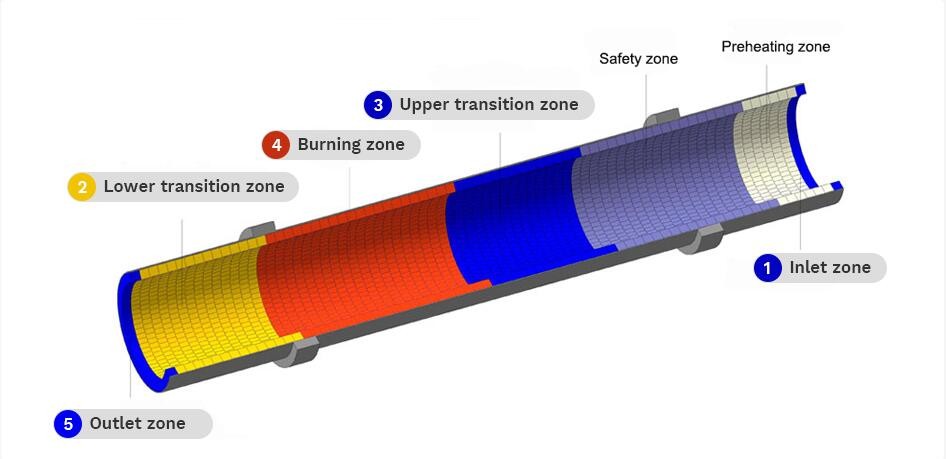
Resist high temperature erosion
The temperature in the cement kiln is maintained at a high level all year round, especially in the burning zone, where the temperature can be as high as 1400℃ – 1600℃. Zirconium mullite bricks have excellent high temperature resistance, and their melting point far exceeds the normal operating temperature of cement kilns, and can calmly cope with the continuous test of high temperature environments. Under high temperature baking, the brick structure remains stable and will not easily soften or deform. It effectively maintains the integrity of the cement kiln lining, ensures that the heat is fully utilized in the calcination process of cement raw materials, and provides a stable thermal environment for the high-quality output of cement clinker.
Resistance to corrosion by alkaline substances
A large amount of substances containing alkaline components will be produced during the cement production process, such as potassium and sodium compounds in cement clinker. These alkaline substances are extremely corrosive at high temperatures. The zirconium element in zirconium mullite bricks gives it a strong ability to resist alkali erosion. It can prevent alkaline substances from penetrating into the brick body when in contact with alkaline slag for a long time, slow down the erosion rate, and greatly extend the service life of the lining material. Compared with traditional lining materials, the use of zirconium mullite bricks can significantly reduce the frequent maintenance and replacement caused by alkali corrosion, reduce production costs, and improve the continuity of cement production.
Adapt to thermal shock environment
During the operation of the cement kiln, due to factors such as the in and out of materials and the fluctuation of fuel, the temperature in the kiln is not constant, but fluctuates frequently, which requires the lining material to have good thermal shock resistance. Zirconium mullite bricks use mullite as the matrix phase. Mullite itself has excellent thermal shock resistance. In addition, the reasonable microstructure design of the brick body enables it to adapt quickly when the temperature changes suddenly, effectively avoiding cracks and peeling caused by thermal expansion and contraction. For example, when the cement kiln suddenly shuts down or heats up urgently, the zirconium mullite brick can maintain structural stability with its own toughness to ensure the subsequent normal operation of the cement kiln.
Improve energy efficiency
Due to the good thermal insulation performance of zirconium mullite bricks, it can reduce the heat loss of the cement kiln to a certain extent, so that more heat is concentrated on the calcination of cement clinker, improving the efficiency of energy utilization. This not only helps to reduce the energy consumption of cement production, which is in line with the current industrial development trend of energy conservation and emission reduction, but also increases cement production and improves the economic benefits of enterprises with the same energy input.
Guarantee cement quality
As the lining of cement kilns, the stable performance of zirconium mullite bricks is directly related to the quality of cement. Its high-quality lining protection avoids cement quality fluctuations caused by problems such as lining material peeling and impurities mixing, ensuring that each batch of cement products can meet national standards and meet the strict requirements of cement quality in the construction and other industries, providing a solid and reliable raw material guarantee for infrastructure construction.
In summary, the application of zirconium mullite bricks in cement kilns is crucial. With its multiple advantages such as high temperature resistance, alkali corrosion resistance, thermal shock resistance, and energy saving, it has become one of the key factors in promoting the efficient, stable and sustainable development of the cement industry. With the continuous advancement of cement technology, the application prospects of zirconium mullite bricks will be broader.
Product Parameters
| Ingredients | Content range (generally) | Function |
| Zircon (ZrSiO4) | 30% – 60% | Provide zirconium to enhance the high temperature resistance and corrosion resistance of the brick, especially its resistance to alkaline media. The presence of zirconium enables the brick to form a stable structure at high temperatures, effectively blocking the penetration of slag, etc. |
| Mullite (3Al2O3・2SiO2) | 20% – 50% | As a matrix phase, it gives the brick good mechanical strength and thermal stability. Mullite itself has a high melting point and good thermal shock resistance, and can maintain the integrity of the brick in an environment with frequent temperature fluctuations. |
| Binder (such as clay, etc.) | 5% – 15% | Tightly bonding zircon and mullite particles together ensures the integrity of the brick, plays a key shaping role in the molding process, and enables the brick to reach the required shape and strength standards. |

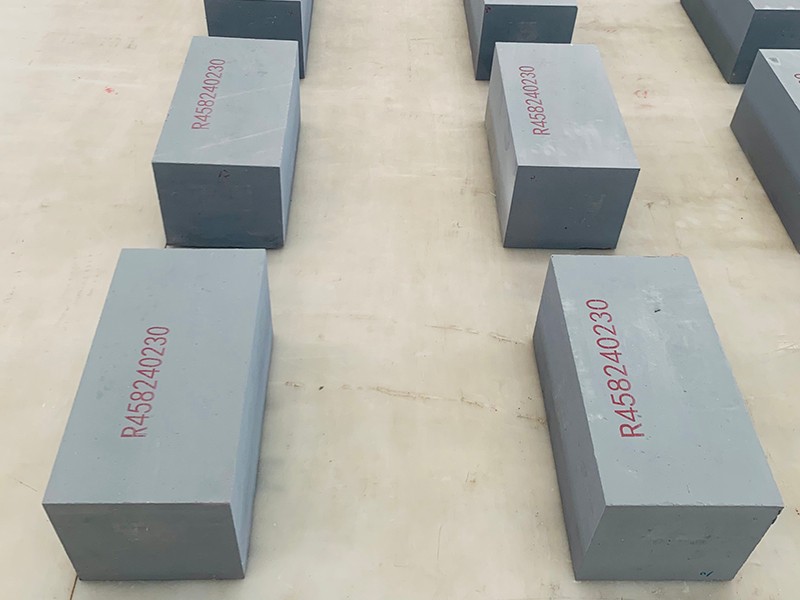

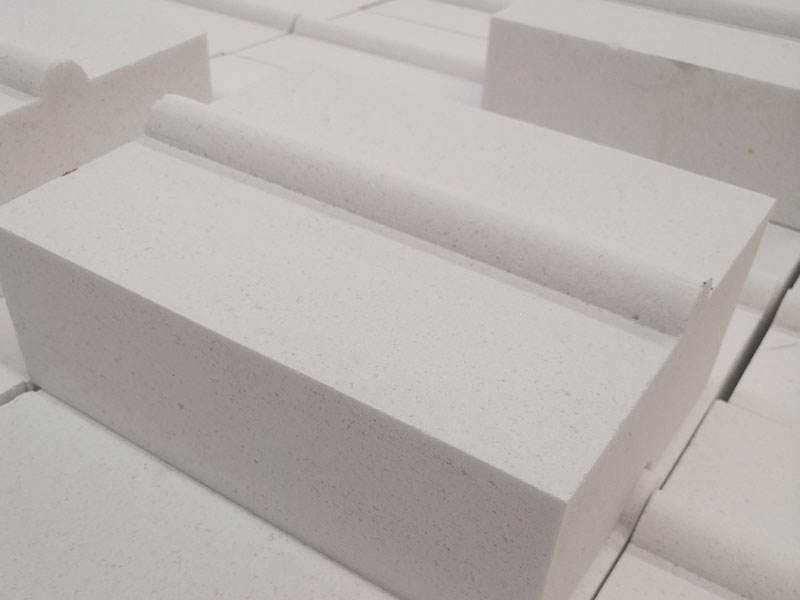
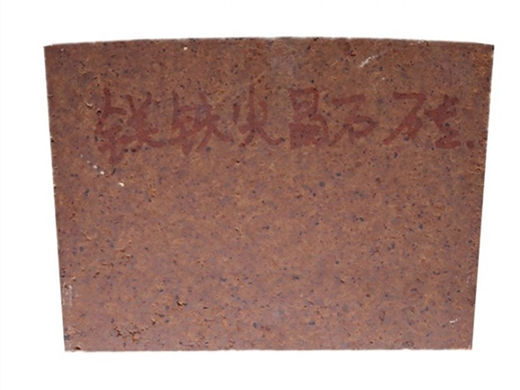
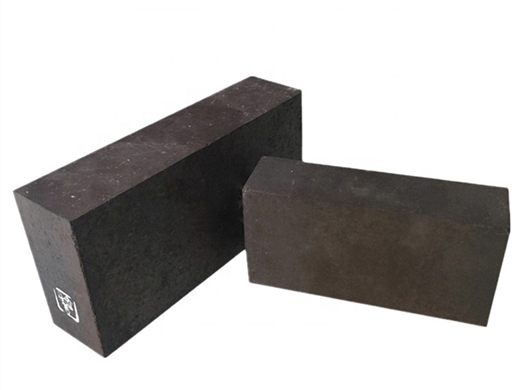
Send inquiry
Please Leave your message you want to know! We will respond to your inquiry within 24 hours!